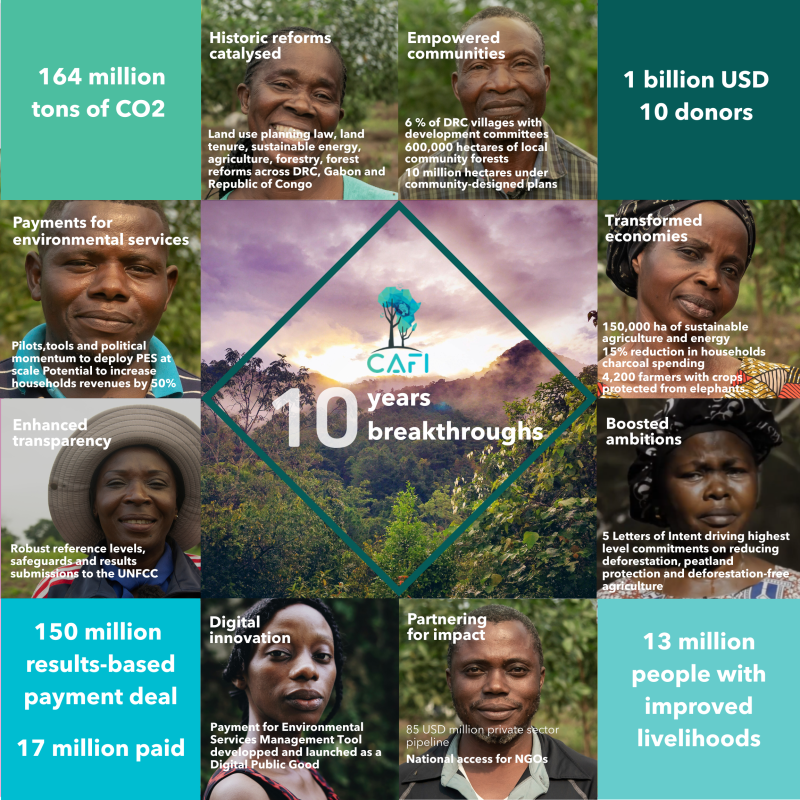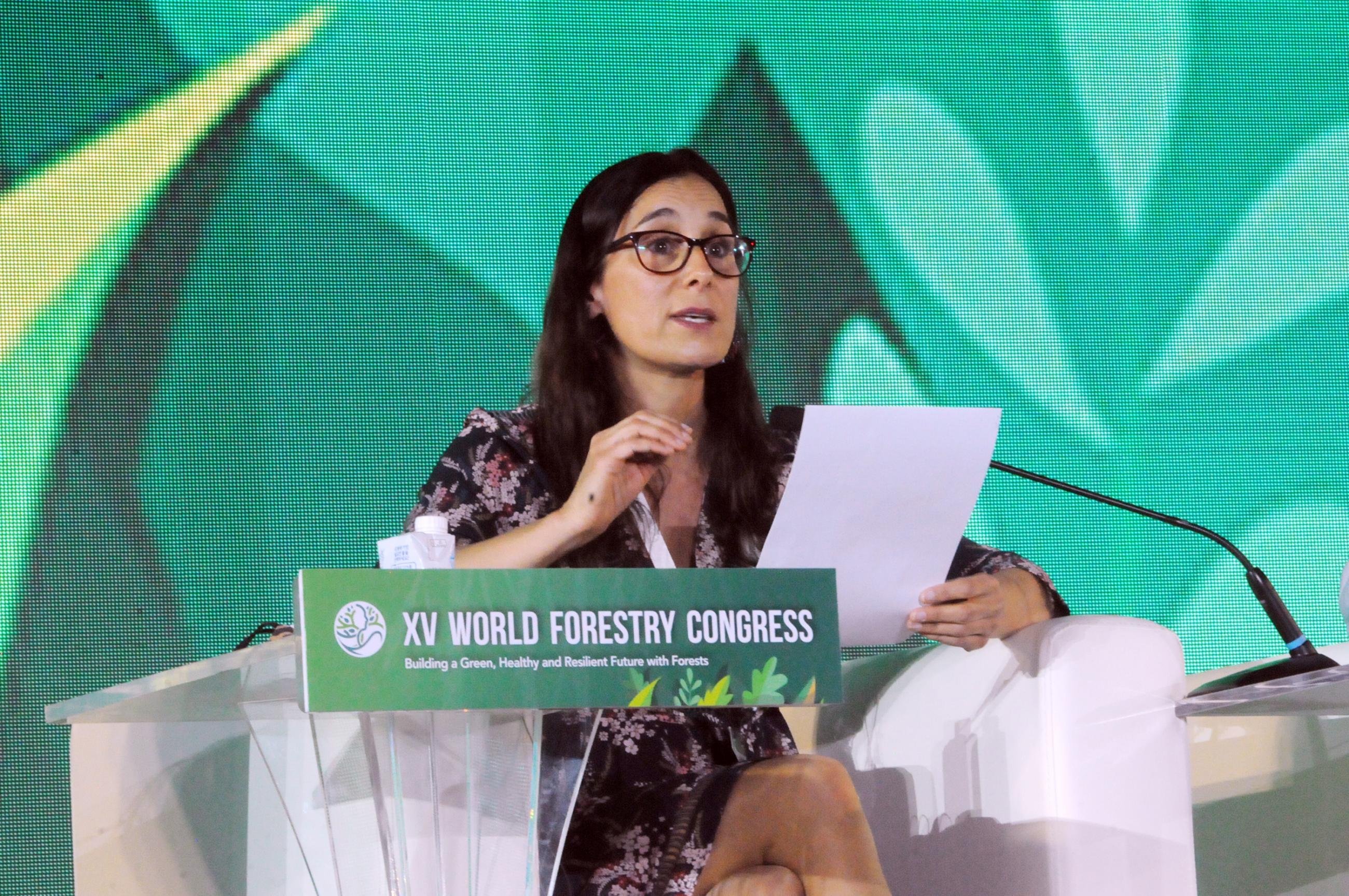

The Central Africa Forest Initiative (CAFI) is the biggest fund within the climate and environment portfolio of the MPTFO. Established in 2015 during the 70th session of the UN General Assembly (UNGA70) , CAFI supports investments and reforms to address forest loss and fight poverty in the high-forest cover countries of Central Africa and the Congo River Basin.
In the midst of UNGA80, and the 10th anniversary of the Fund, we invited Estelle Fach, Head of Monitoring, Evaluation and Communications of the CAFI Secretariat to learn more about how the Fund is commemorating its decade-long journey, and what lies ahead.

Q: What are the CAFI’s engagements at the upcoming UNGA 80?
A: As you may already know, CAFI is turning 10 this year and just got extended for another 7 years, until 2032. At UNGA80, we will be hosting strategic dialogues with partner countries and participating organizations to discuss the way forward. To mark this occasion, we’ve launched a comprehensive campaign featuring high level events and various communications initiatives. Highlights include a ministerial panel with 9 ministers, from donors and partner countries, the launch by the UNDP Administrator of our “Anniversary” Fund report, several videos, and a revamped website (still at www.cafi.org). Our team will also be present in New York to capture key moments and share them across our communications channels. We would also like to use this opportunity to thank MPTFO colleagues in New York for their tremendous and continuous support during this busy GA season.
Q: What message is CAFI conveying through these events and media materials?
A: Our key message is: ‘10 years 10 breakthroughs’ – which is a showcase of the fund impact over the past decade, ranging from policy reform and fund capitalization to tangible results on the ground. To develop the message, we used our regular monitoring and evaluation data, but also outside scientific research, and we conducted extensive partner consultations to define our “Big 10” achievements. In the past 10 years, the fund has made contributions to community development while preserving forests through initiatives such as protecting farmers crops from raiding elephant in Gabon thanks to electric fences, improve livelihoods for millions of people through promoting sustainable agriculture and energy that reduce pressure on forests, and designing community plans to manage natural resources.
Q: Partners especially appreciated the folding “origami “ brochure, made more impactful with clear and significant numbers underlining achievements. How does CAFI ensure the reliability of the data used in its reports and communications?
A: CAFI adopted M&E Guidelines for implementing organizations, that include how to define who is a beneficiary of the Fund, and we supported this guidance with info sessions on topic, using interviews, polls and regular discussion with stakeholders. Over the past decade, we’ve seen significant improvements in reporting quality, as partners increasingly align with these guidelines.
We also maintain transparency with donors, acknowledging there is always a margin of error when we report aggregate figures. We are now piloting a new mechanism, called “payments for environmental services (PES)”, that should greatly reduce that margin because analyses will be based on data that is much more robust and verifiable than simple paper-based reporting. To calculate carbon-related figures, we have been collaborating with independent certification entities (for example to pay Gabon for reduced emissions) and we engage regional experts through our fellowship programs to ensure scientific rigor and contextual relevance.
Through efforts like this, we're showing our commitment not just to implementing the programme, but working towards robust results for our partners.